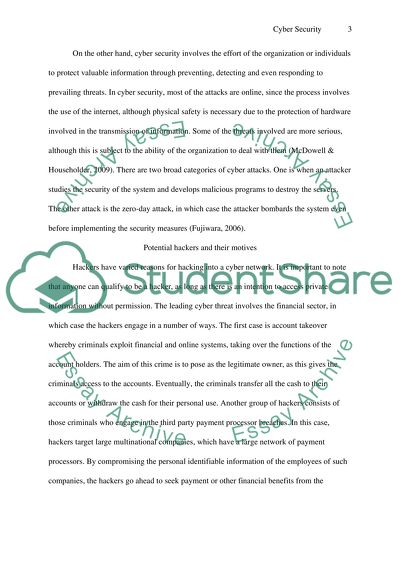Cite this document
(“Cyber Security Information Technology Research Paper”, n.d.)
Cyber Security Information Technology Research Paper. Retrieved from https://studentshare.org/information-technology/1432715-cyber-security
Cyber Security Information Technology Research Paper. Retrieved from https://studentshare.org/information-technology/1432715-cyber-security
(Cyber Security Information Technology Research Paper)
Cyber Security Information Technology Research Paper. https://studentshare.org/information-technology/1432715-cyber-security.
Cyber Security Information Technology Research Paper. https://studentshare.org/information-technology/1432715-cyber-security.
“Cyber Security Information Technology Research Paper”, n.d. https://studentshare.org/information-technology/1432715-cyber-security.


